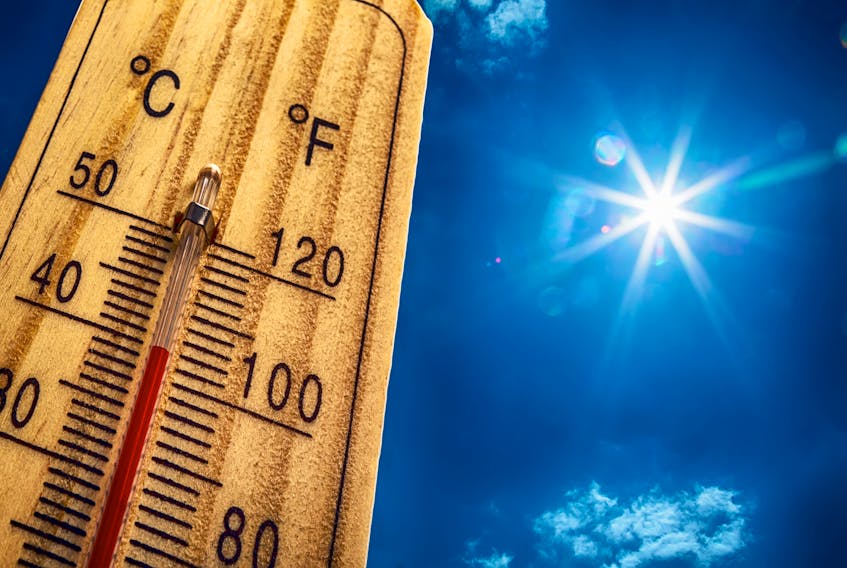CHARLOTTETOWN, P.E.I. — The Workers Compensation Board (WCB) and the Canadian Cancer Society, P.E.I. division, remind all Islanders to take precautions to avoid heat stress and harmful sun exposure at work when the temperatures start to rise.
Heat stress refers to a variety of heat‐related disorders, such as heat exhaustion and heat stroke, which can lead to serious or even fatal injury. Symptoms may include weakness, muscle pain, light‐headedness, nausea and high body temperatures.
Environmental hazards such as exposure to heat, high humidity and limited air flow can cause heat stress. Contributing factors may also include the worker’s hydration level, clothing and physical exertion.
More information is available in Guide to the Prevention of Heat Stress at Work at the WCB website or call 902‐368‐5680 or 1‐800‐237‐5049.
“While there is no one-size-fits-all solution for all workers and workplaces, being aware of the risks of heat-related illness is an important first step,” said Danny Miller, director of Occupational Health and Safety.
“Employers need to recognize the risks and take reasonable steps to reduce them. Workers must be made aware of the risks and be encouraged to speak up when there is a heat or sun-related concern.”
Here are some preventive steps to help reduce the risk of heat stress and harmful sun exposure:
- Drink plenty of water.
- Limit sun exposure (the highest UV rays are 11 a.m. to 4 p.m.) and wear sunscreen.
- Cover exposed skin with loose fitting, tightly woven clothing and wear a wide-brimmed hat.
- Have adequate ventilation in the workplace.
- Take breaks in the shade or an air-conditioned space, if possible.
- Use a buddy system and adequate supervision to keep everyone safe and watch for signs of heat stress in co‐workers.
Early detection is critical. Anyone who experiences the initial signs of heat stress should be removed from that environment. Drink water, monitor the symptoms and advise someone in case you further assistance or medical treatment is needed.









